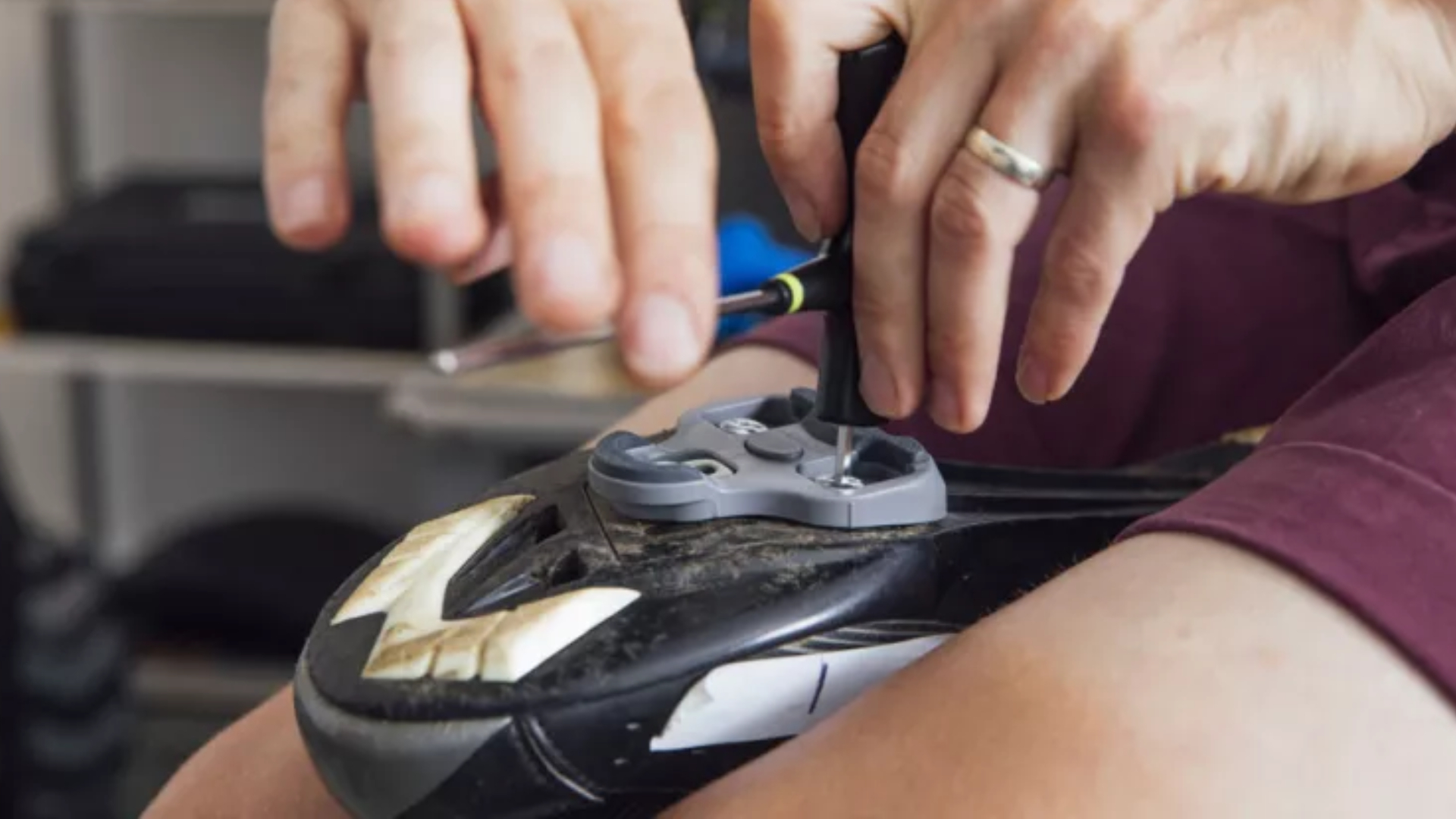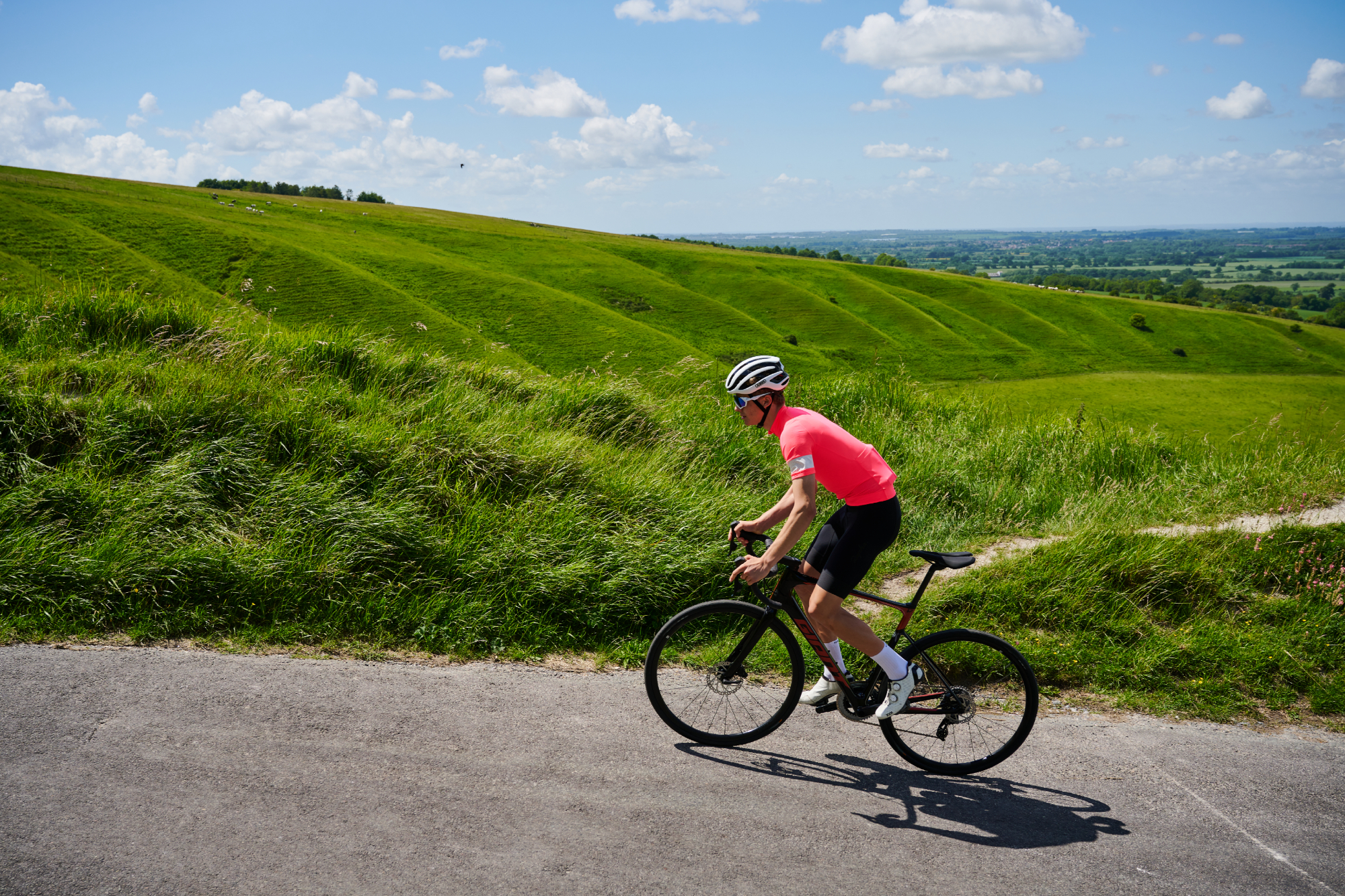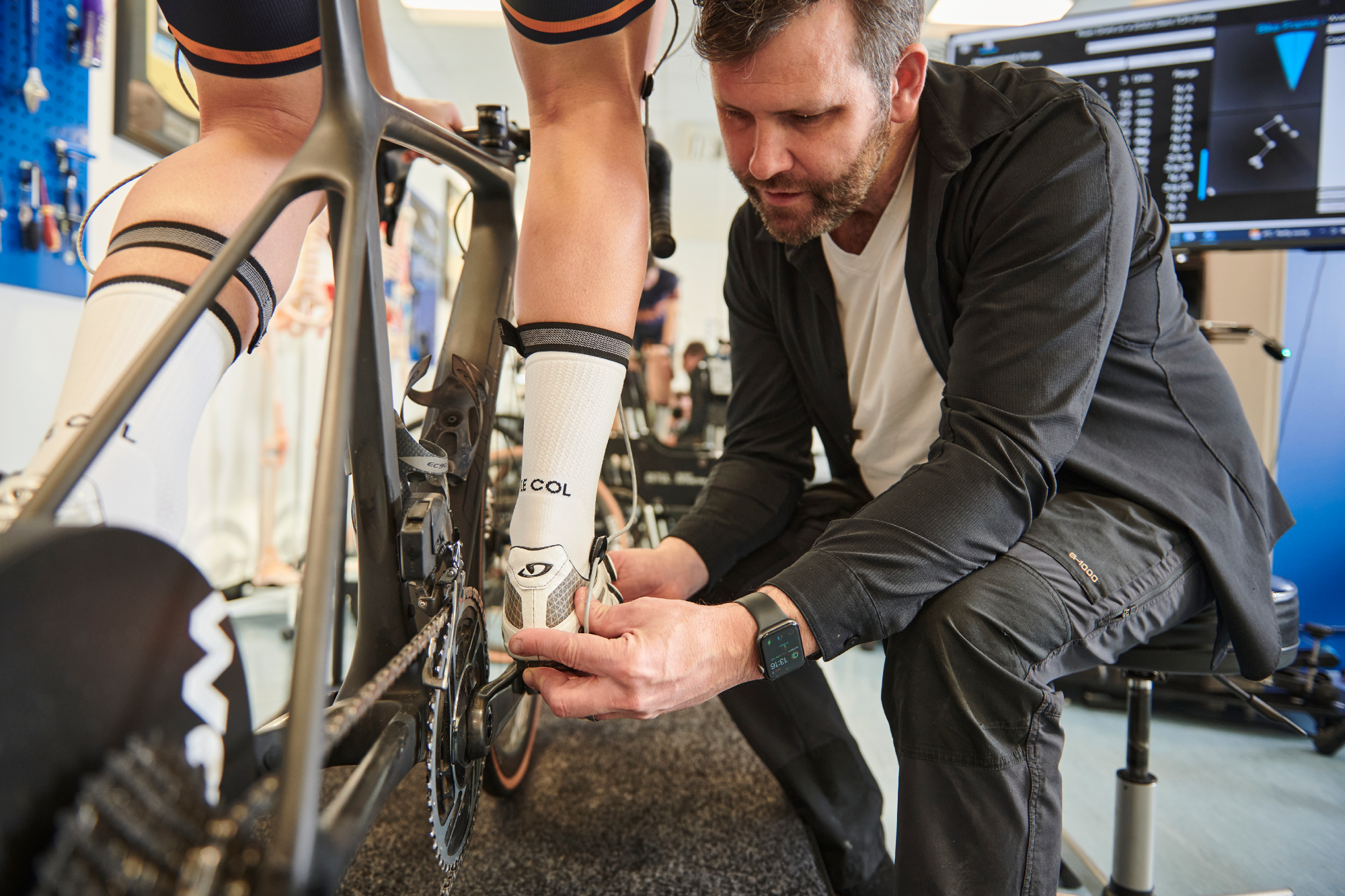Should you have float in your cleats? Why it's important and how to know how much you need
Don’t treat increasing float simply as a sticking-plaster solution for deeper problems with your setup - here’s how to determine what you need and what else to consider

Float shouldn’t be treated as a sticking-plaster solution for a deeper problem, but provide the foot more latitude to move can help with knee and joint niggles
Too often viewed as a sticking-plaster solution for knee niggles, the question of cleat float is a little deeper than you might think…
Let’s start off with a quick explanation of what we mean by ‘float’ in relation to cleats. Simply put, cleat float is the degree of movement offered by the cleat within the pedal before it releases and you ‘clip out’ of your clipless pedals.
This allows a small degree of rotational movement of the foot when you’re clipped into your pedals, which enables the foot to center itself during the pedal stroke. Cleats without float keep your foot locked in the exact same place on the pedal throughout the entire pedal stroke.
Next there’s the concept of ‘tension’. This refers to how much force is required to disengage your cleat from the pedal, once you’ve reached the limit of your float. On most pedals, the tension can be adjusted simply by winding a screw on the pedal body in or out.
Float, on the other hand, is generally specific to the cleat - and making changes requires swapping in a new cleat. The notable exception here is the Speedplay pedal-cleat system, which allows you to make float adjustments by tightening or loosening a screw on the cleat.
With those fundamentals out of the way, let’s jump into the topic of float - how much you should have and what the considerations should be.
The latest race content, interviews, features, reviews and expert buying guides, direct to your inbox!
Why is float important?

Although the knee is not a pure hinge joint, it likes to operate like one. If the knee does not follow the plane of the foot, it can be subject to torsional (twisting) forces and tracking issues, which often leads to pain and injury over time - particularly patellofemoral (knee cap) issues.
Some amount of cleat float will allow the feet and knees to work outside of a set plane of movement. Most people need some degree of float at certain points in the pedal stroke, often when the leg is unloaded rather than during the power phase.
Float allows for compensation issues further up the chain, so it is safer to go for more float than not enough as a means of injury prevention. There is also more margin for error if the cleat position is not set perfectly with more float, or when the rider becomes fatigued.
Cleat angle, as well as float, needs to be considered during cleat set up and alignment. The foot does not want to be working against the edge of the cleat float in either direction, and hence the cleat may need to be angled slightly heel in or heel out accordingly.
This can be done on Shimano, Look and Time cleats, but not Speedplay. Getting the right cleat angle on a shoe will mean you rely less on the float to keep your foot, and knee, within the available range.
When should you use fixed float cleats?

Some riders feel more engaged in the pedals with ‘fixed’ or zero float cleats, as no unwanted movement of the leg is allowed - these are particularly favored by track sprinters, crit riders and hill climbers. The theory is that it allows for a more power-efficient pedal stroke.
Although this may not be problematic for short duration events, for most riders a small amount of float can be beneficial for injury prevention - and outweighs the perceived slight loss of power transfer efficiency.
Fixed float cleats require that you know your optimal cleat position precisely and to be set at exactly the angle of rotation that your knee and foot both want to track in. The athlete also needs to be high functioning with minimal asymmetry or compensatory strategies. Even World Champion Mathieu van der Poel has some float in his cleats!
A post shared by WielerFlits (@wielerflits)
A photo posted by on
Image: WielerFlits
If the foot is moving around unnecessarily on the pedal, then there is likely to be an issue with function or pedalling technique, foot stability, bike position or cleat set up. The solution is not to lock the feet onto the pedal with a fixed cleat but to address the issue of why the foot feels unstable on the pedal. If your position and function is good, you shouldn’t notice how much float you have in your cleats.
How do I know how much float I need?
The amount of cleat float one chooses to a large extent comes down to individual preference, as does the choice of pedal system. Most opt for moderate float - grey Look or yellow Shimano cleats or set a moderate amount on their Speedplay cleats.
As outlined earlier, it is safer to opt for more float than not enough. Certainly if you are experiencing knee pain, you may want to consider if a lack of cleat float is a contributing factor.
Some riders opt for increased float to try to alleviate knee pain without looking at other aspects of their bike fit or function. This can be an acceptable solution for those that just want to ride without pain and aren’t that concerned about or want to invest in fixing the underlying problem.
Types and variations of cleats
Different manufacturers offer cleats with varying degrees of float built in, alongside their fixed-position cleats. There are also differences in the type of float between manufacturers.
In terms of road cleats, Look and Shimano offer a similar system, with minor differences when it comes to float. Both brands have spring centering float in the pedal that draws the foot back to the centre-line of the pedal.
Both color code their cleats to denote the amount of rotational float. For Look pedals, black cleats have no float, grey cleats 4.5 degrees of float and red cleats 9 degrees of float. With Shimano, fixed cleats have red trim, blue cleats have 2 degrees of float, and yellow cleats have 6 degrees of float. This is the total amount of float eg. 6 degrees of float is 3 degrees in each direction.
All these cleats provide their float by pivoting at the nose, allowing a small amount of angle change from the pivot point back towards the heel. The exception is Shimano’s yellow cleats which pivot in the middle, allowing the toes to point in a wide range of angles and some lateral sliding.
The pedal brand Time allows both rotational float (5deg each way) and lateral float (1.25mm each way) through their ICLIC cleats. It should also be noted that Time has asymmetrical cleats, marked left and right. Stance width can be altered by fitting the left cleat on the right shoe and vice versa, widening the stance width by 5.2mm.
The Speedplay pedal system and cleats operate differently from the other main brands. Firstly, they have rotational free float or non-centering float meaning there is no resistance to the float by some kind of centering mechanism or spring. Secondly, rotational float can be adjusted independently of fore/aft or side to side position, which could be compromised in a three-hole system.
Speedplay provides the most amount of float (7.5 degrees in each direction for a total of 15 degrees) which is also adjustable in each direction to the desired amount ie. can have different amounts of heel in and heel out movement. This higher level of float is important as the cleat cannot be rotated.
For more information on bike fit and preventing pain in your joints, you can check out our explainers on everything you need to know about knee pain, back pain and wrist pain.
Nicole Oh is a physiotherapist and bike fitter, with training in biomechanical assessments, sports injury rehabilitation, acupuncture and clinical pilates.
A competitive cyclist with a background in triathlon, Nicole raced at National level in the UK, also managing and co-founding the Les Filles Racing Team. Having moved to Sydney, she works as a physiotherapist at The Body Mechanic and continues to race competitively.